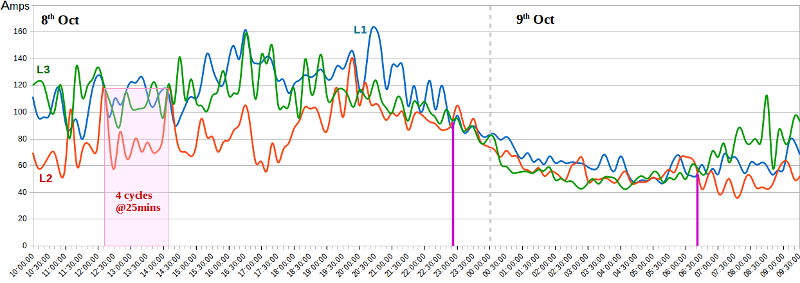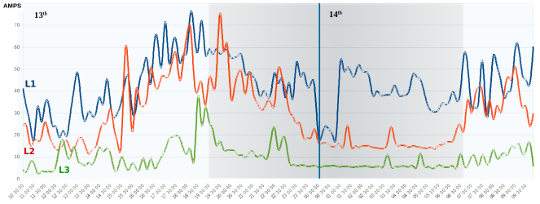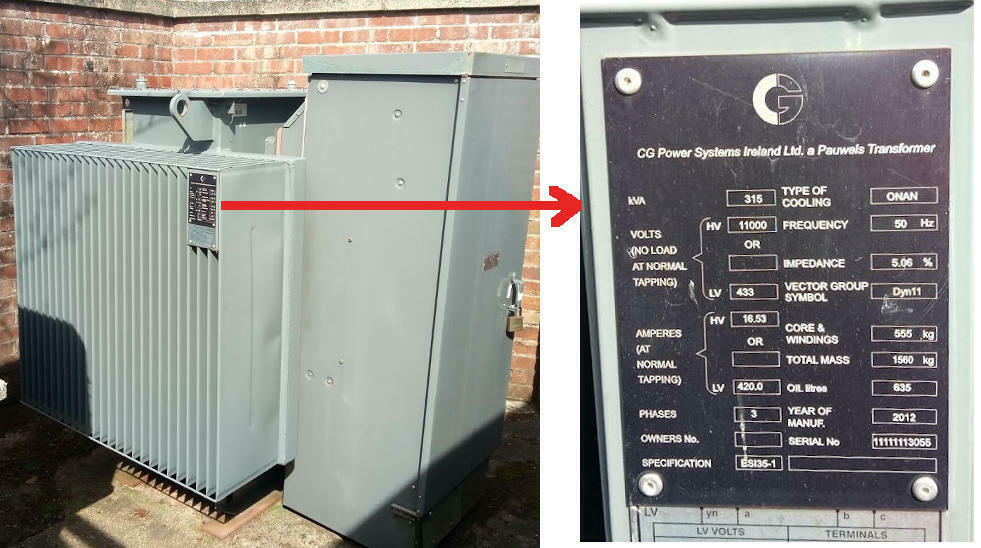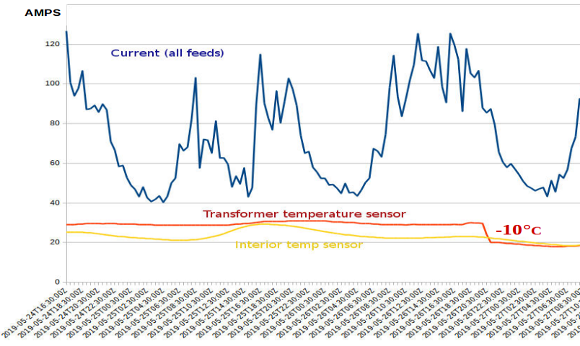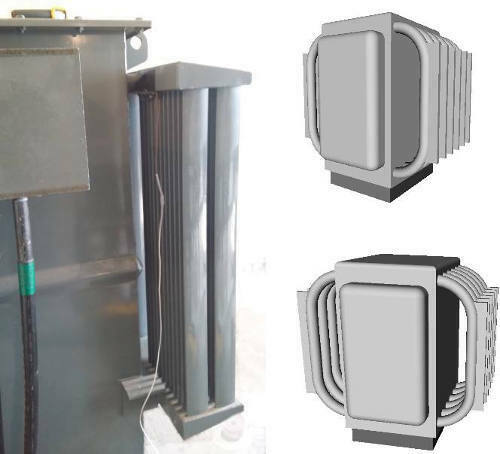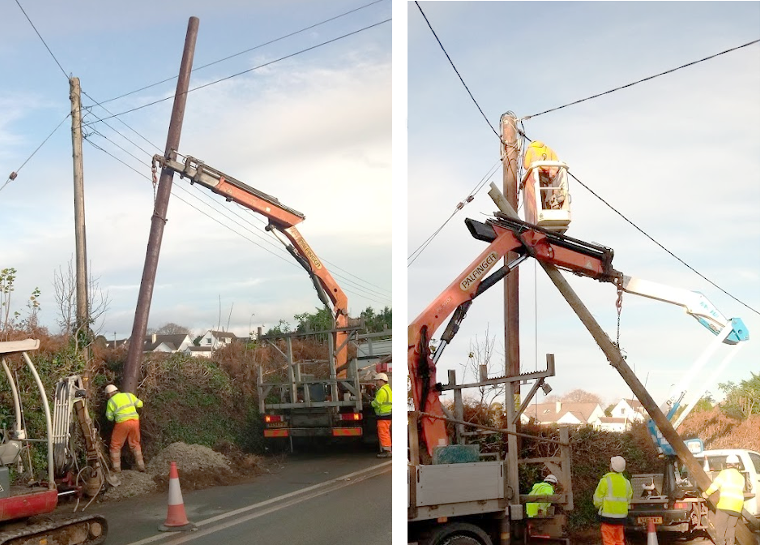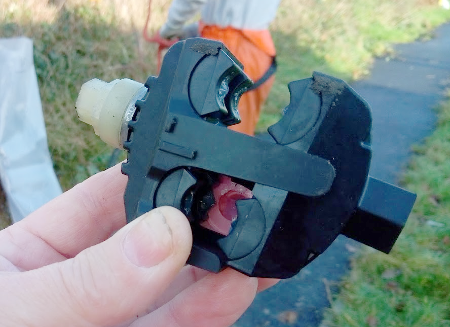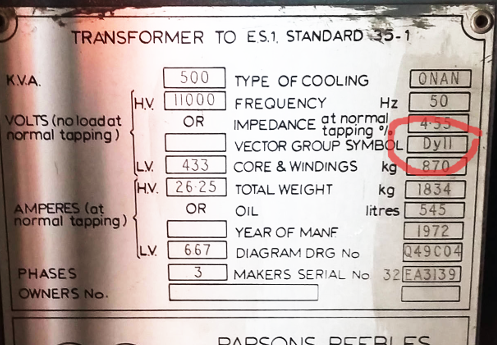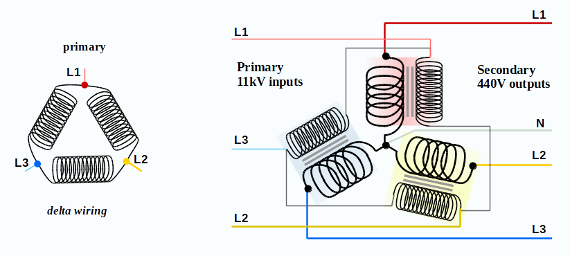.OpenLV is a ground-breaking project that’s making local electricity data openly available for the first time ever, to benefit local communities and the wider energy industry. OpenLV is led by project partners Western Power Distribution and EA Technology. It is funded by Ofgem’s Network Innovation Competition. Project partner CSE is leading the community engagement, to support communities to access their local electricity data for local benefit. Regen is leading the evaluation of community groups taking part in OpenLV.
The OpenLV Project is trialling an open software platform in electricity substations that can monitor substation performance and electricity demand. The LV-CAP (TM) platform is designed to integrate with third party products to enable network control and automation, and increased customer participation in network management. The platform will host applications provided by a diverse set of developers, such as community groups, businesses and universities, providing a variety of services to network operators, communities and the wider industry.
As part of the OpenLV project, the software will be installed in 80 Low Voltage (LV) distribution substations located in Western Power Distribution’s (WPD’s)
licence areas – the Midlands, the South West and South Wales.
Western Power Distribution covers areas with heavy industrial demand and high population density, such as the Midlands, Avonmouth and areas of South Wales. It also embraces rural regions with sparse populations such as mid-Wales, and others with high proportions of renewable energy, as in Devon and Cornwall. Balancing the grid-loading is becoming increasingly difficult, whilst upgrading the substations is prohibitively expensive.
Great Britain has about 1 Million Low Voltage (LV=230/440v) feeders from 230,000 ground-based substations and a further 320,000 pole-mounted transformers. These have largely been designed and operated on a fit-and-forget basis for the last 100 years, but this cannot continue. The LV networks are expected to see radical change as we, the customers, alter our behavior and requirements stemming from the vehicles we drive, to the generation and storage devices we put onto and into our homes.
Many rural substations serve a very small number of homes, whilst in built up areas a single substation may serve hundreds. Larger consumers, such as tower-blocks, schools or hospitals, will often have their own substation.
The LV-CAP software could ultimately be deployed across the electricity network. The project will use three approaches to demonstrate the platform’s ability to provide benefits to the network owner, customers, and service providers. The OpenLV project could potentially enable data to be presented on websites and through phone apps which will help people to get to grips with things like:
- Get to know my substation
- Reducing costs of community energy
- Influencing community demand for electricity
- Electricity generation across a community
- Demand-side response for managed EV charging
- Community information alerts
The Community Trials commence on 3rd Sept 2018 and will last 9 months, followed by reporting and evaluation stages. Seven Community Trial sites are being coordinated by the Centre for Sustainable Energy (CSE) in Bristol. Of the total eighty substations sites in the Project, ten are designated for the Community Trial.
The OpenLV strategy will open up the usage-data from sub-stations, allowing us to see fluctuations in energy supply. We don't yet know whether grid-loading varies wildly, with large/rapid peaks and troughs, or smoothly, whereby peak-usage gradually increases and falls.
The Intelligent Substation Devices (ISD's) used during the Trials will allow Community Groups to evaluate methods to better utilise the electricity provisions within their sampling areas.
We will be able to evaluate what effect various incentives have in altering consumer behavior. Individual houses will be able to compare the impact of their own electricity usage against the average for their local area. Based on that data they can better decide whether to invest in solar panels, grid-connected battery-storage or an Electric Vehicle (EV).
The Trials will include users being provided with real-time data showing the energy-mix plotted against the throughput on their own substation, allowing them to choose when they switch on appliances.
In future Energy Suppliers may offer tariffs which vary throughout the day depending on demand and local (solar/wind) generation. A substation with an ISD is analogous to it having a Smart Meter, allowing Suppliers to use higher and lower costs per half-hour charging-period to encourage consumers to prevent overloading of the local Grid.
Further information to follow:











